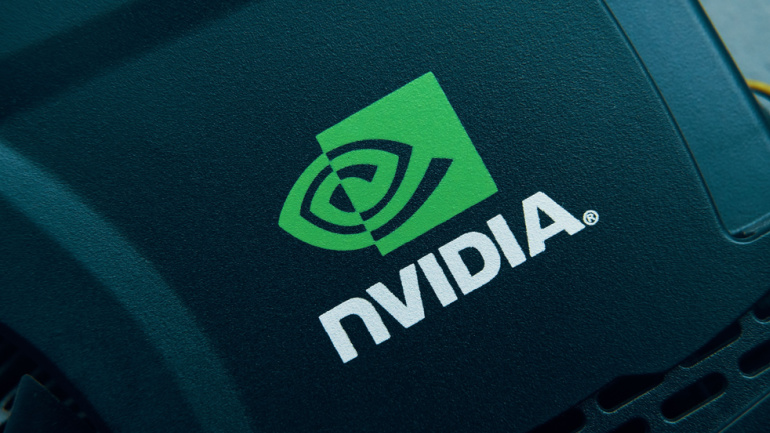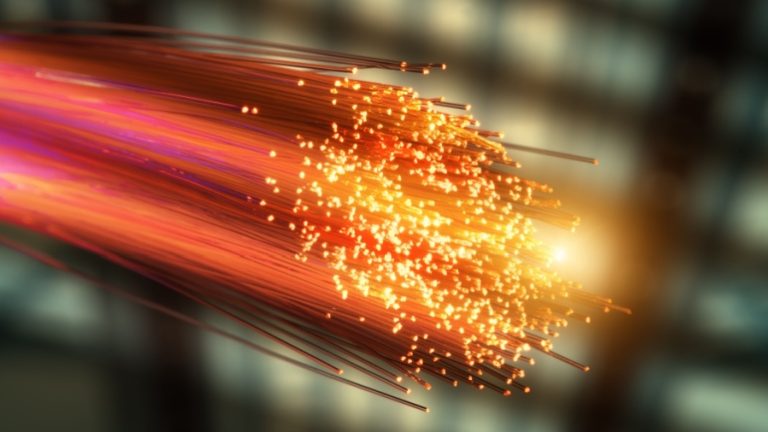
Chip manufacturer Nvidia has set its sights on becoming a more powerful competitor to Intel, with the announcement of a new product line designed for top-of-the-line generative AI capabilities. Recently, Nvidia revealed that its groundbreaking ‘superchip’ is now in full production and will power a new supercomputer offering. This innovative chip merges Nvidia’s Grace central processing units (CPUs) with its Hopper graphics processing unit (GPU) to develop the all-powerful Grace Hopper, named in honor of renowned American computer programmer Grace Hopper.
The company will utilize up to 256 of these chips in its new DGX GH200, a supercomputer aimed at developers seeking to create large language models for AI chatbots, intricate algorithms for recommendation engines, and neural networks for fraud detection and data analytics. Nvidia anticipates that major companies, including Google Cloud, Microsoft, and Facebook parent Meta, will be among the first hyperscale users of DGX GH200’s features.
Ian Buck, Nvidia’s VP of accelerated computing, says, “Generative AI is rapidly transforming businesses, unlocking new opportunities and accelerating discovery in healthcare, finance, business services, and many more industries.” With the mass production of Grace Hopper superchips, NVIDIA expects that manufacturers all over the world will soon offer the improved infrastructure businesses need to build and deploy generative AI applications leveraging their unique proprietary data.
The telecommunications industry may also benefit from the introduction of the Grace Hopper superchip, as it could potentially resolve a debate within the open RAN architecture market. While Intel maintains that a CPU can manage all the heavy lifting from the physical layer to the application layer with minimal support, companies like Nvidia, with their long history of enhancing CPU performance with GPUs, believe that Open RAN requires dedicated hardware acceleration to improve physical layer processing. However, this solution may incur additional costs and complexity, as well as higher energy consumption.
Nvidia aims to resolve the potential bottleneck between the GPU and the rest of the system by employing NVLink-C2C, which connects the CPU and GPU with a bandwidth of up to 900 GBps, resulting in a seven-fold improvement over the current latest interface, PCIe Gen5.
Despite having to enlist server manufacturers and provide support to software developers to encroach on Intel’s turf significantly, Nvidia offers three solutions to assist developers with programming on Grace Hopper. These solutions include AI Enterprise, Nvidia Omniverse, and the RTX platform. Furthermore, Nvidia has already persuaded telecommunications leader, Softbank, to adopt its new platform within new data centers throughout Japan.
In addition to its advancements in the telecommunications sector, Nvidia is expanding its reach to the in-car infotainment and safety market through its partnership with modem producer, MediaTek. As a result, MediaTek’s Dimensity Auto platform can now provide improved graphics and driver-assistance capabilities. With the collaboration between Nvidia and MediaTek, these companies seek to create unique platforms for the computing-intensive, software-defined vehicles of the future.
As Nvidia and MediaTek work together to revolutionize the automotive industry with AI and advanced computing features, the introduction of Nvidia’s Grace Hopper superchip holds potential in transforming various other sectors, including telecommunications and generative AI applications.




